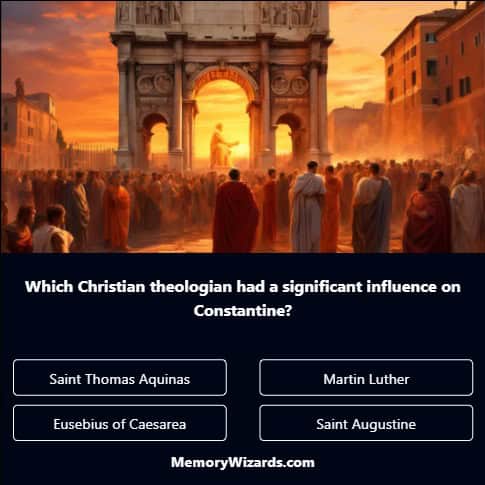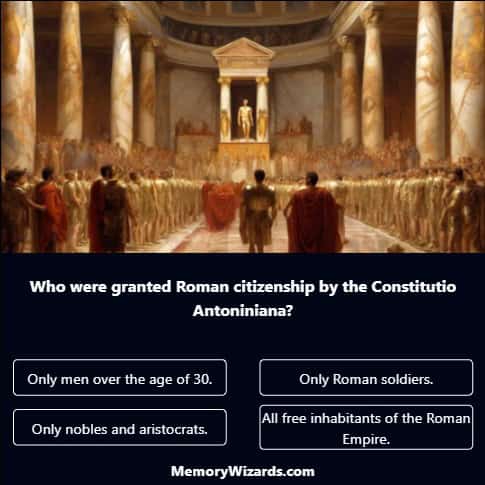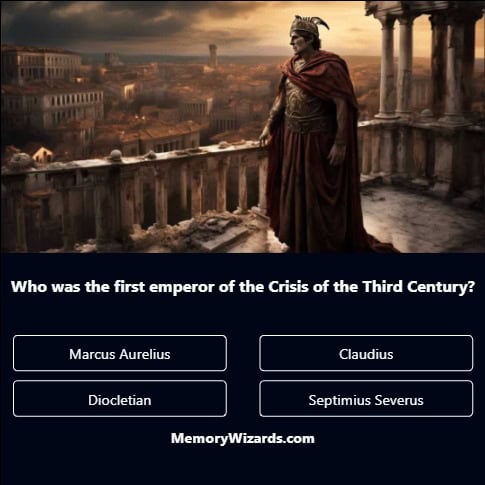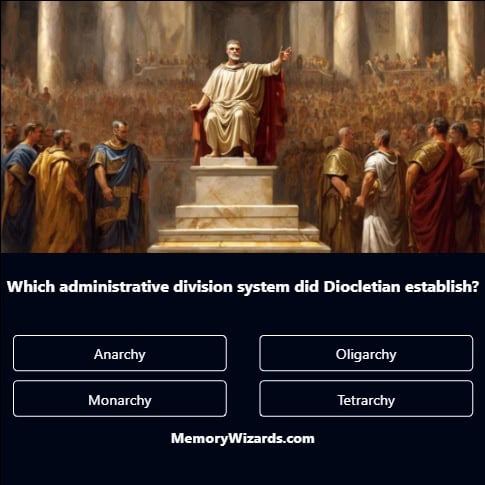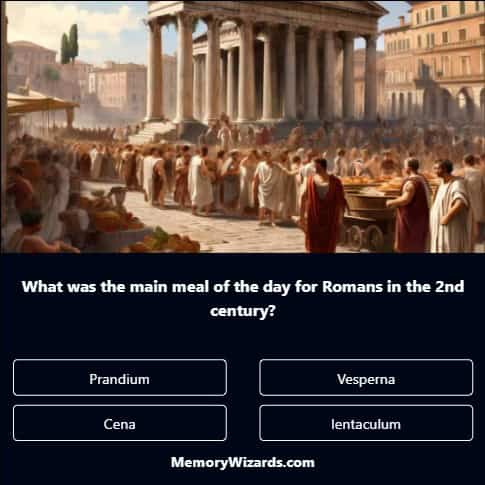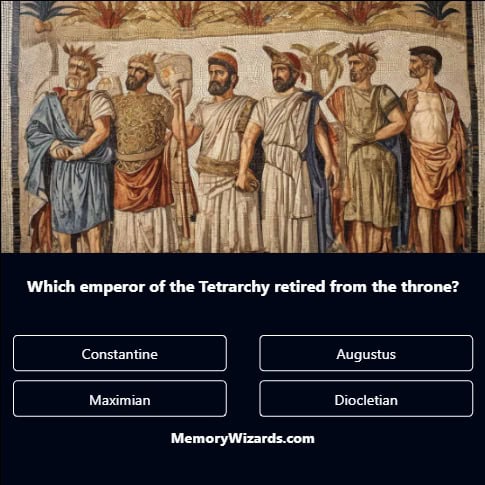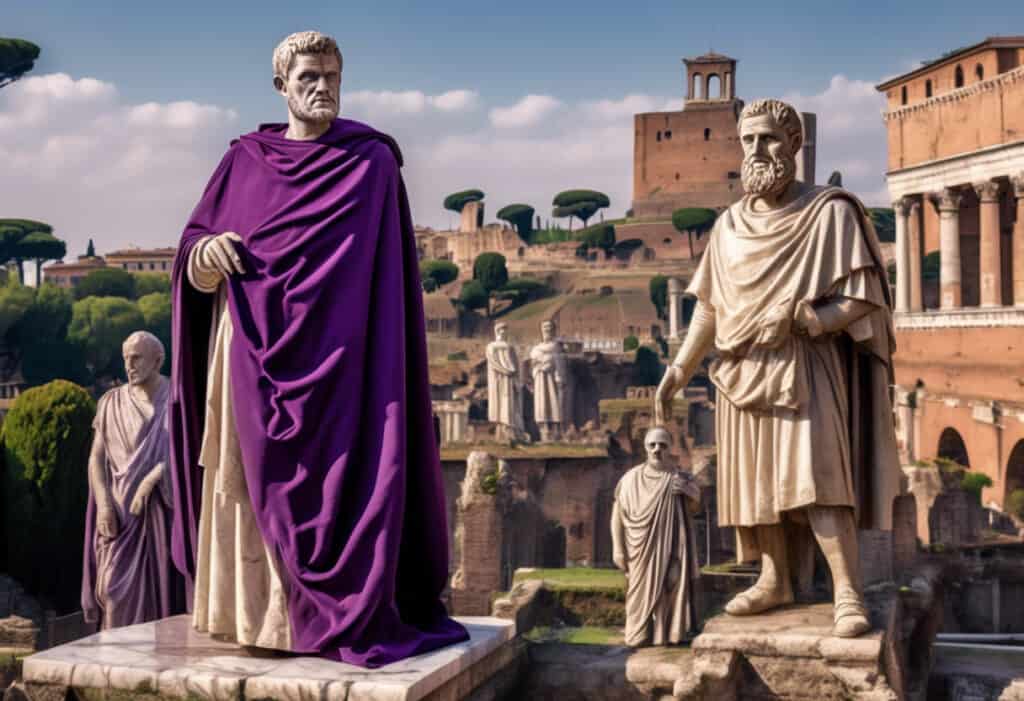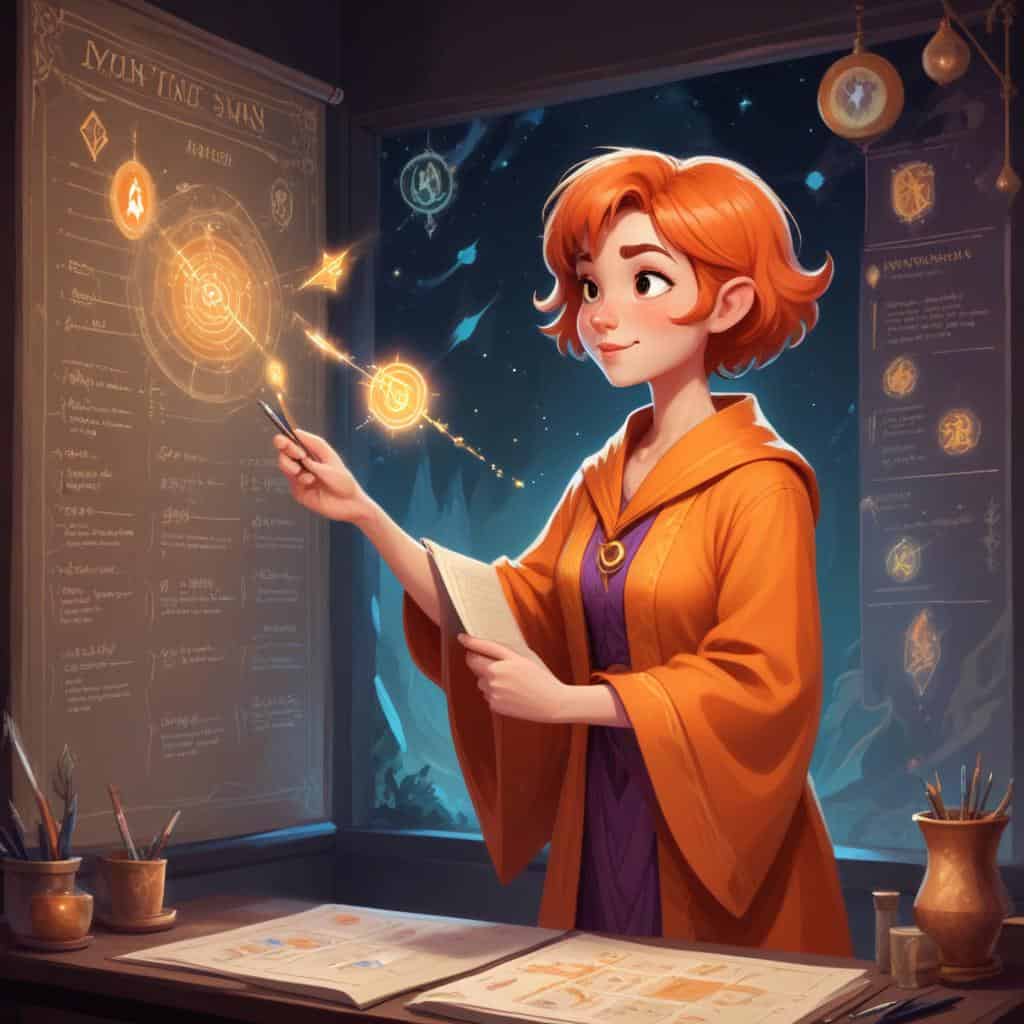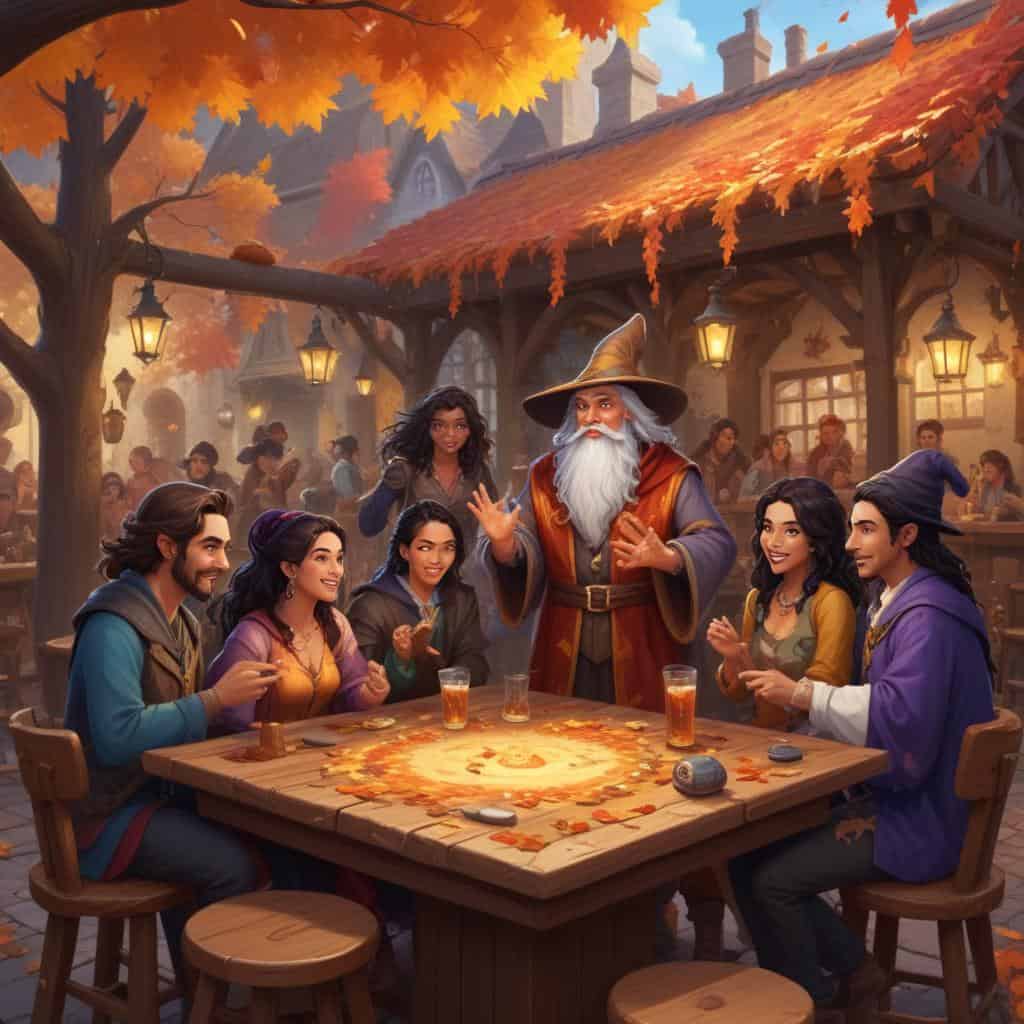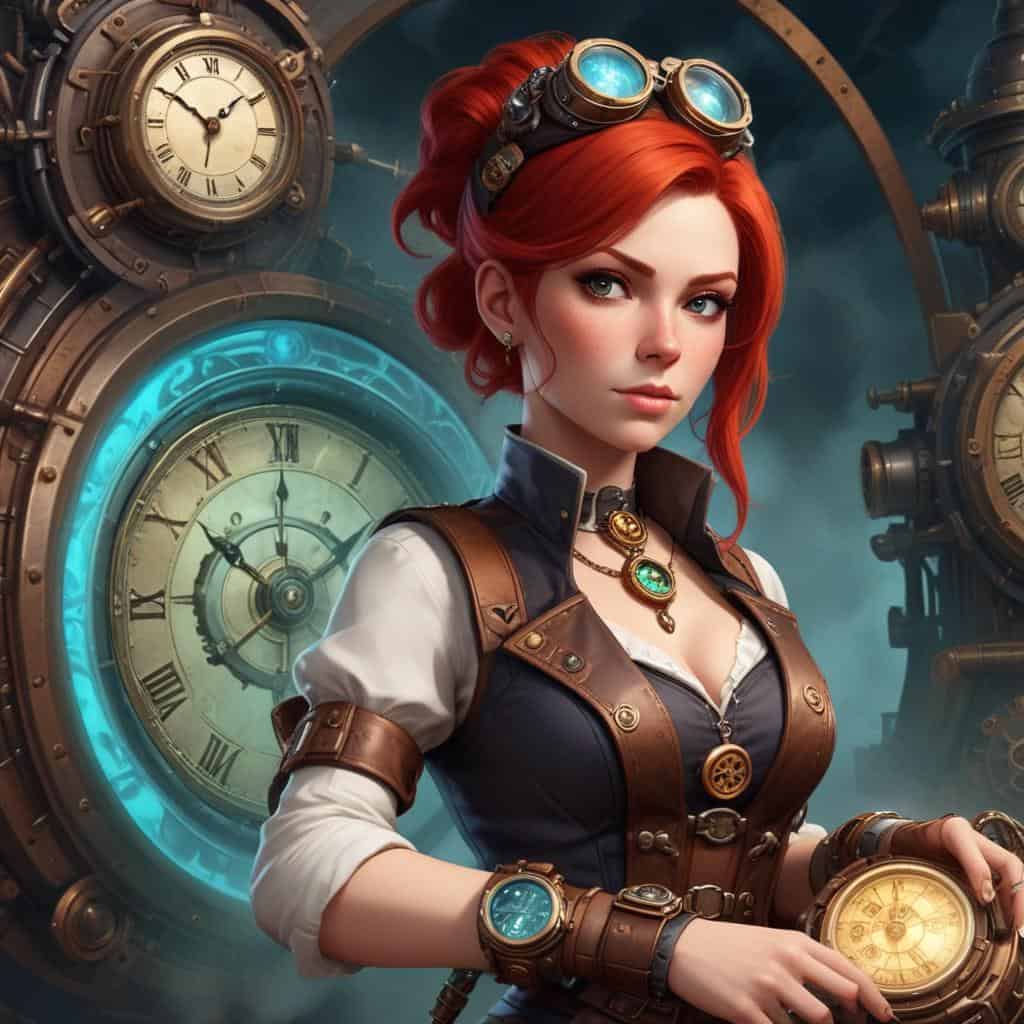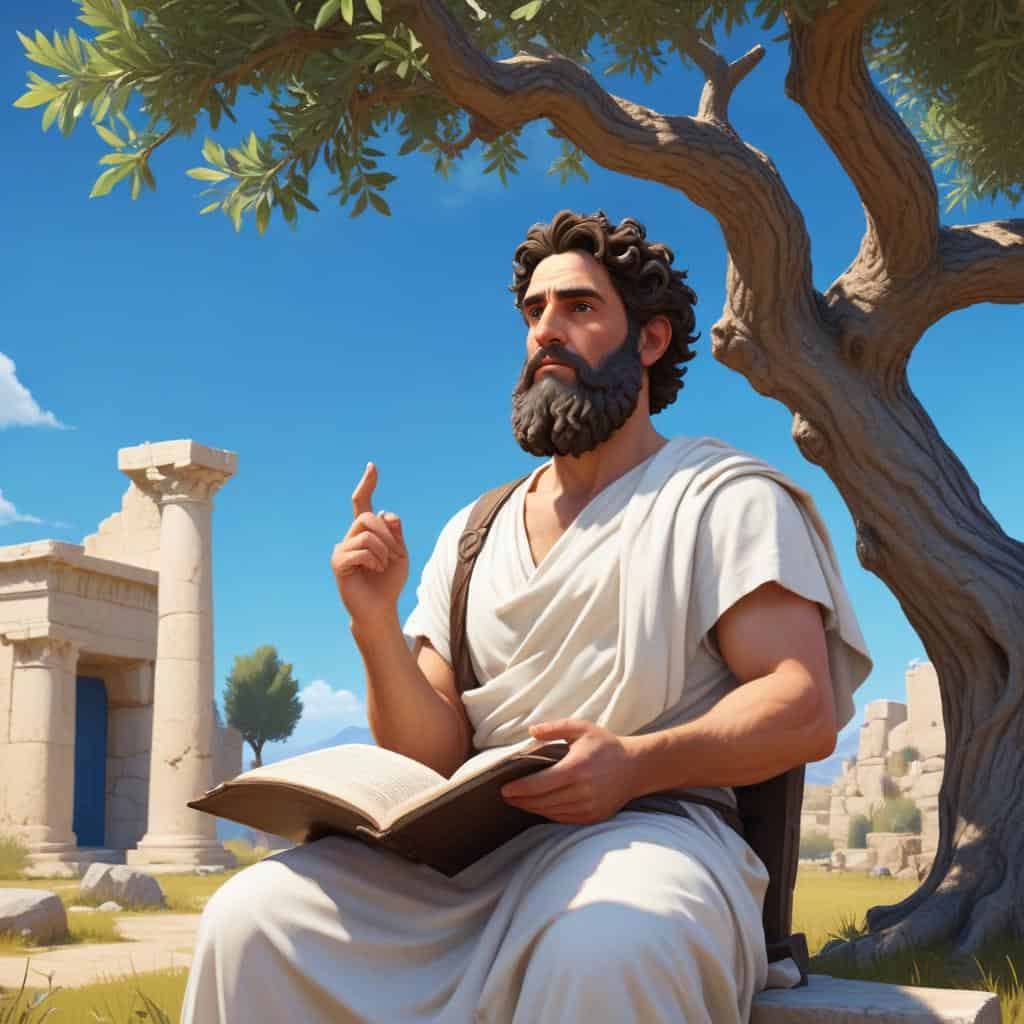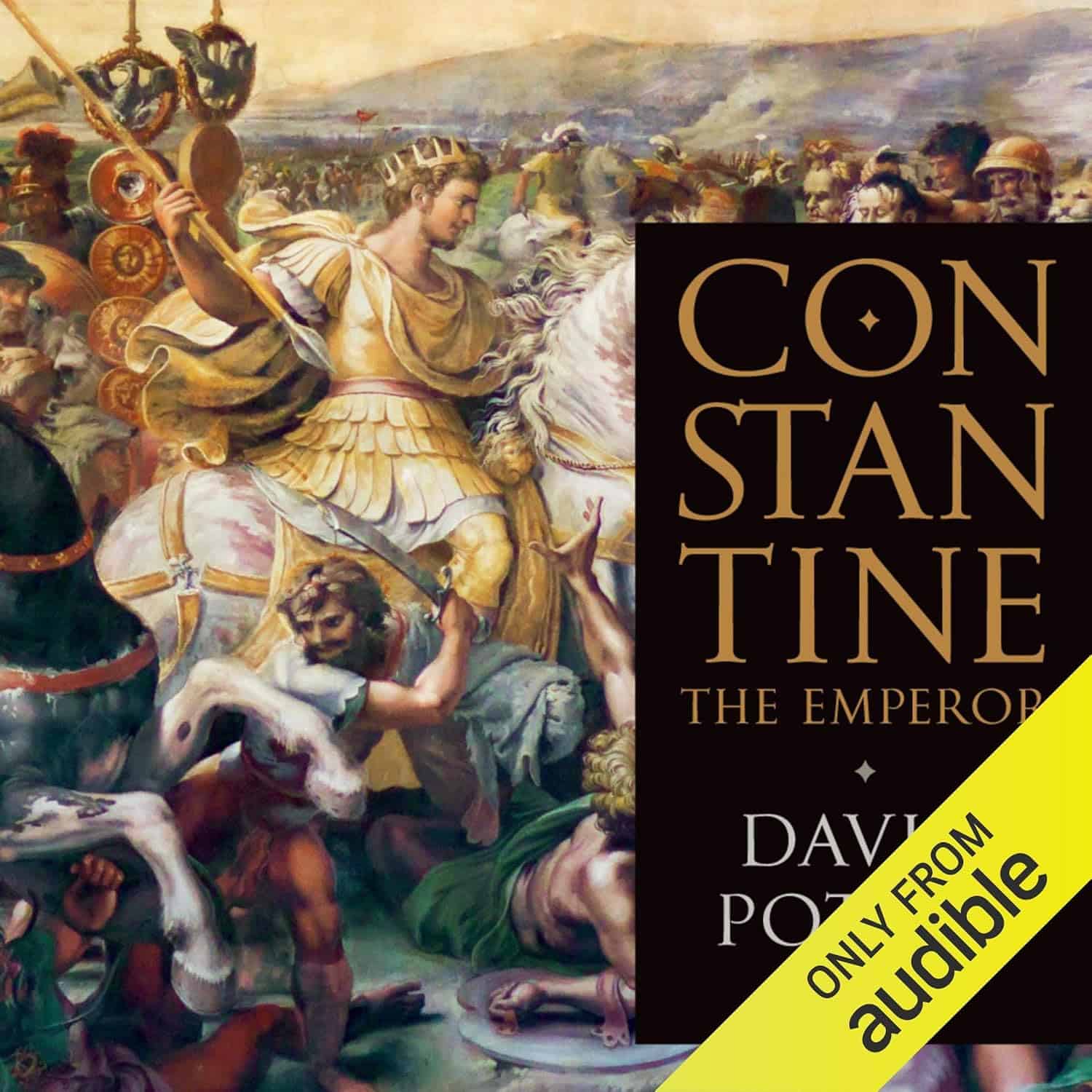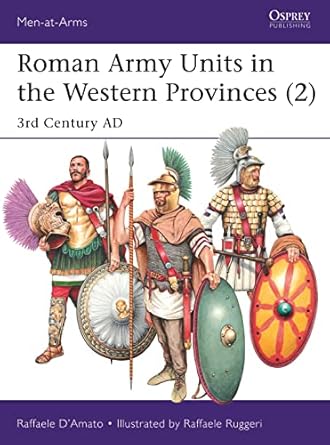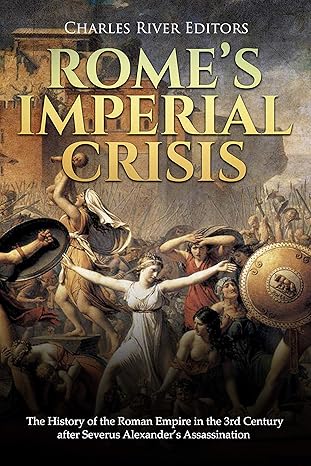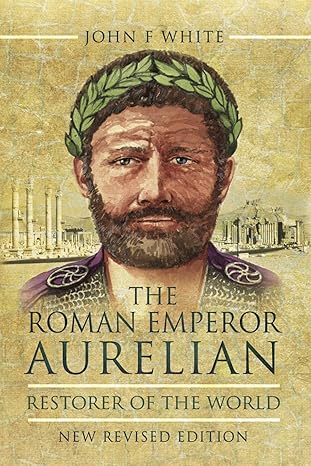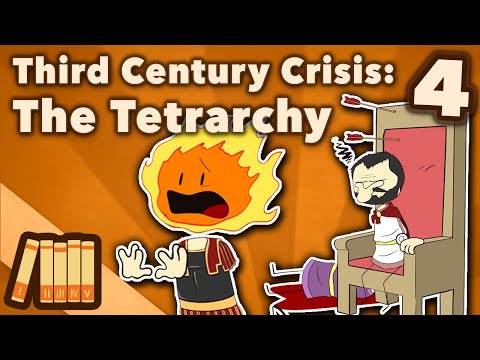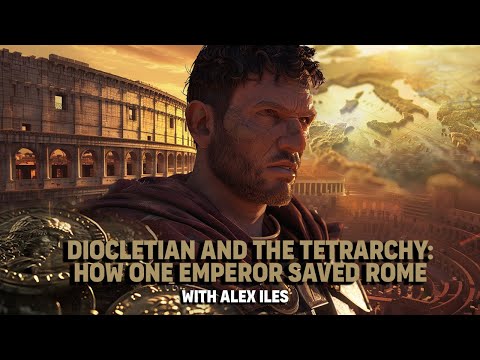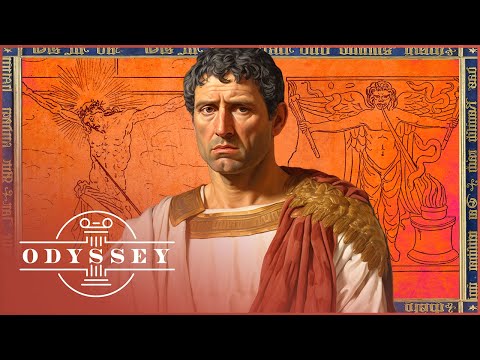The Mid Empire period, from 180 AD to 284 AD, was a time of significant change in the Roman Empire. This era saw the rise of new emperors and the expansion of the empire's borders. The period was marked by political instability and economic challenges. Despite these difficulties, the empire continued to thrive in areas such as art, literature, and architecture. The Mid Empire period laid the foundation for the later success of the Roman Empire.
Summary List
- Mid Empire refers to the period in Ancient Rome from 180 AD to 284 AD.
- During this time, the Roman Empire experienced political instability and frequent changes in leadership.
- Emperors such as Septimius Severus, Caracalla, and Diocletian ruled during this period.
- The Roman Empire faced external threats from invading tribes and internal conflicts.
- Economic challenges, including inflation and debasement of currency, were also prevalent during the Mid Empire period.
Games and Apps
Learning Modules
Daily Life in 2nd century Rome
Step back in time and immerse yourself in the bustling streets of 2nd century Rome. From the grandeur of the Colosseum to the everyday life of citizens, experience the sights, sounds, and smells of this ancient city. Follow the lives of Romans as they navigate politics, commerce, and social hierarchies in this captivating era.
I Want To Learn This!Crisis of the Third Century
Crisis of the Third Century was a period of political instability and economic turmoil that plagued the Roman Empire from 235 to 284 AD. Constant invasions, civil wars, and economic hardships led to the near collapse of the empire, setting the stage for major changes in governance and society.
I Want To Learn This!Battle of Adrianople (AD 251)
The Battle of Adrianople in AD 251 was a fierce clash between the Roman Empire and the Goths, resulting in a devastating defeat for the Romans. With tens of thousands killed, it marked a turning point in the Empire's history and paved the way for future invasions.
I Want To Learn This!Conversion of Constantine (AD 312)
In AD 312, Roman Emperor Constantine famously converted to Christianity after experiencing a vision before the Battle of Milvian Bridge. This pivotal moment in history marked the beginning of Christianity's rise to prominence in the Roman Empire and forever changed the course of Western civilization.
I Want To Learn This!Emperor Diocletian’s Reforms (284 AD)
Emperor Diocletian's reforms in 284 AD transformed the Roman Empire, establishing a new system of government and social structure. His division of the empire into eastern and western halves set the stage for centuries of political and cultural evolution. Discover the lasting impact of his rule on ancient history.
I Want To Learn This!Constitutio Antoniniana (212 AD)
Constitutio Antoniniana, also known as the Edict of Caracalla, was a decree issued in 212 AD by Roman Emperor Caracalla granting Roman citizenship to all free inhabitants of the empire. This radical decision had far-reaching implications for the social and political landscape of ancient Rome.
I Want To Learn This!Tetrarchy
Tetrarchy is a gripping sci-fi novel that explores a world divided into four distinct factions, each ruled by a powerful leader. As tensions rise and alliances shift, a group of rebels must navigate a dangerous landscape to uncover the truth behind their society's dark secrets.
I Want To Learn This!
Learning Resources
Related Products
*This page contains affiliate links. If you purchase a product through one of them, I will receive a commission (at no additional cost to you). I only ever endorse products that I feel are truly helpful to you in your honourable quest to learn and grow.
Related Videos
Quiz Answers
We post quizzes on social media; you can find the answers here!
